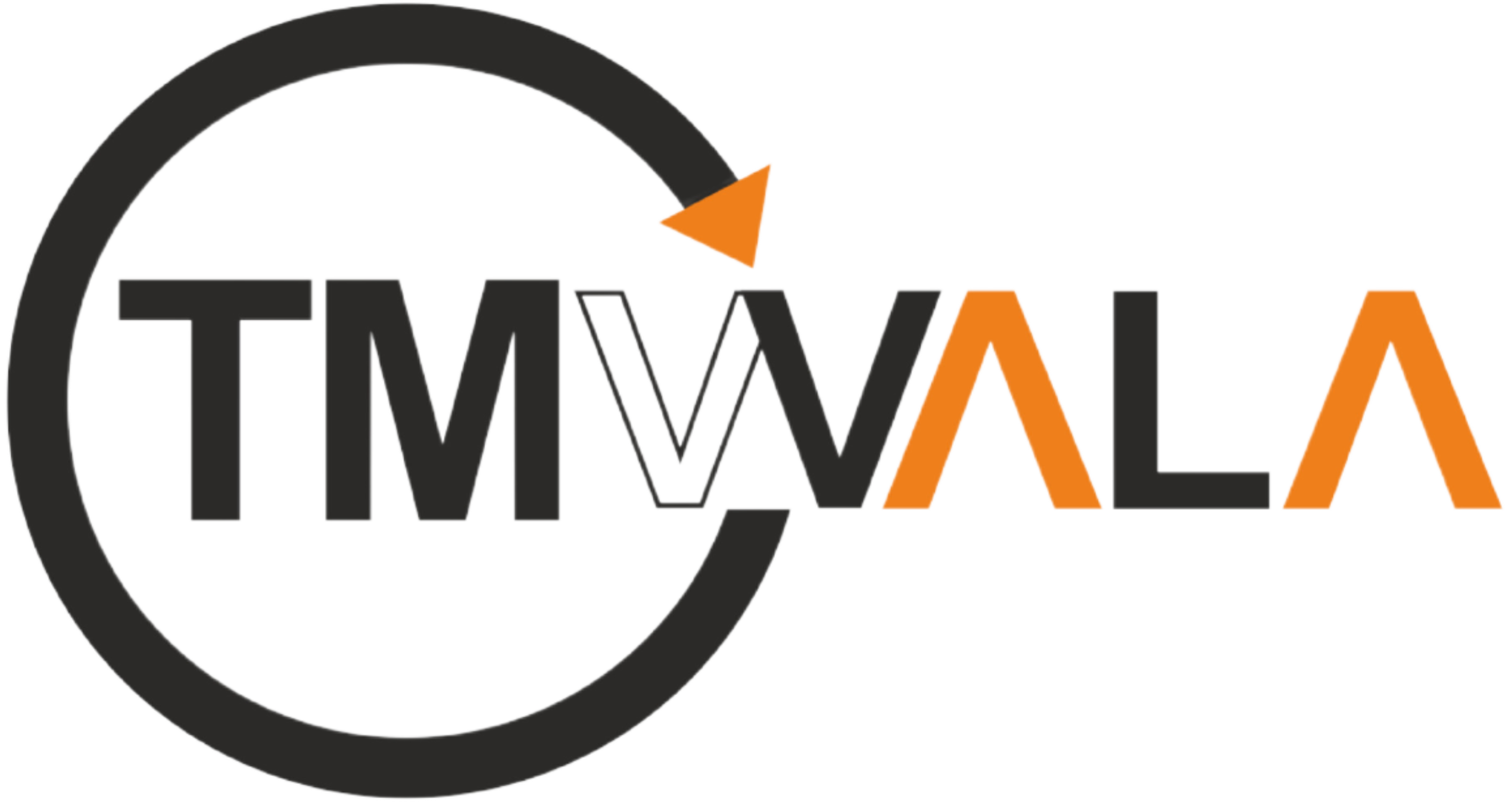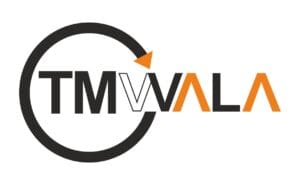Introduction
This guide provides a comprehensive overview of Scope of Work (SOW) documents. We will explore their definition, purpose, key components, drafting process, and methods to ensure that managers or team members adhere to them.
What is a Scope of Work?
A Scope of Work (SOW) is a document that outlines the tasks, responsibilities, and expectations involved in a project or job. While it is not a contract itself, the SOW is often attached to or referenced by contracts as it specifies the work to be performed under a contract or subcontract. It details the project’s objectives, deliverables, timelines, and resources, providing a clear framework for what needs to be accomplished.
Typically, a Scope of Work begins with a statement of purpose, offering a summary of the job or contract at hand. The following sections provide detailed information about the deliverables, tasks, and timelines. Additionally, the SOW should address payment terms, whether for the entire contract or individual tasks, to ensure both parties are clear on their responsibilities. It serves as a reference point throughout the project’s duration, helping to prevent misunderstandings, scope creep, and disputes.
Purpose of a Scope of Work
The primary purpose of a Scope of Work document is to establish a mutual understanding between the parties involved in a project. It sets the boundaries for what is included in the project, defines the deliverables, and clarifies the responsibilities of each party. This ensures that everyone is on the same page and that there is a clear plan for achieving the project’s objectives.
Key Purposes of an SOW:
- Alignment: Ensures all stakeholders are aligned on the project’s goals, expectations, and deliverables.
- Clarity: Provides a clear, detailed roadmap for the project, reducing the likelihood of miscommunication or misunderstanding.
- Accountability: Assigns specific tasks and responsibilities to individuals or teams, holding them accountable for their parts of the project.
- Scope Management: Helps manage and control the project’s scope, reducing the risk of scope creep by clearly defining what is and isn’t included in the project.
- Reference Document: Serves as a reference point throughout the project to monitor progress, address issues, and make informed decisions.
Components of an SOW
A well-crafted Scope of Work document should include the following elements:
- Objectives: Clearly and concisely state the project’s purpose and goals to ensure all team members are aligned with the project’s aims.
- Deliverables and Milestones: Specify the expected outcomes and deadlines for each phase of the project. Deliverables should be measurable, whether they are tangible or intangible.
- Variables: Define the cost, schedule, resources, and technology required for each phase, outlining clear boundaries for what is included and what is excluded.
- Requirements: List all necessary support elements for the project, such as proof of originality or specific resources.
- Tasks: Outline the action items required for each project phase, organized into a work breakdown structure (WBS). Any work outside this WBS should not be considered part of the SOW.
- Inclusions and Exclusions: Clearly delineate what is and what is not included in the project scope.
- Glossary: Include a glossary to explain acronyms and define specialized terms, making the document accessible to those outside the industry.
In some cases, an SOW may also include a problem statement that addresses potential issues the contractor will need to resolve.
Writing Tips
When drafting an SOW, avoid using vague language that could be interpreted in multiple ways. If a requirement is mandatory, use explicit terms like “must” to emphasize its importance.
Why is a Scope of Work Important?
A Scope of Work document is crucial in project management for several reasons:
- Written Record: It provides a formal record of all critical project information, which helps prevent misunderstandings and miscommunications.
- Clarity: It ensures that all parties understand the agreed-upon terms at the start of the project and serves as a reference throughout its duration.
How to Write a Scope of Work
Follow these steps to draft an effective Scope of Work:
- Define the Project: Start by clearly defining the project and its objectives, including the intended outcomes and the reasons for undertaking it.
- List Deliverables: Itemize all required deliverables, such as documents, reports, software, etc.
- Determine Tasks and Timelines: Break down the project into smaller tasks, assigning start and end dates to outline the overall project timeline.
- Identify Resources: Specify the personnel, equipment, and budget needed for the project.
- Define Quality Standards: Outline the quality standards, including criteria for testing, quality control, and assurance.
- Determine Communication Procedures: Establish communication protocols, including frequency, participants, and methods of communication.
- Identify Risks: Identify potential risks that could affect the project, such as issues with timelines, resources, or quality.
- Define Acceptance Criteria: Set specific metrics or benchmarks to measure the success of the project.
- Review and Finalize: Review the SOW with all stakeholders to ensure it accurately reflects the project requirements and distribute it for ongoing reference.
What to Include in a Scope of Work Document?
- Key Deliverables: Specify whether you are delivering a product or a service. Including images, diagrams, or other media can provide additional clarity.
- Project Timeline: Detail the phases of the project’s development, using tools like Gantt charts, tables, or flowcharts to visualize the timeline.
- Major Milestones: Identify key deadlines and milestones, which provide opportunities to reassess and adjust the project’s progress.
- Progress Reports: Incorporate updated reports and visual data summaries, as these will be referred to frequently throughout the project.
Scope of Work Examples
Software Development Team Scope of Work
- Project: Development of a Mobile App
- Objective: Design and develop a user-friendly mobile application for food delivery, featuring live tracking and multiple payment options.
- Scope: The app must be compatible with both iOS and Android platforms and include UI/UX design, backend development, testing, bug fixing, and deployment.
- Timeline: Six months, with milestones corresponding to each development phase.
- Deliverables: A fully functional mobile app, test report, user manual, and source code.
- Dependencies: Timely stakeholder approvals, resource availability, and access to third-party APIs.
Marketing Team Scope of Work
- Project: Launch of a New Product
- Objective: Develop and execute a comprehensive marketing campaign for a new line of organic skincare products.
- Scope: Includes market research, competitor analysis, creation of marketing materials, social media promotion, public relations, and campaign tracking.
- Timeline: Four months, with deadlines for each task.
- Deliverables: A detailed marketing strategy, promotional content, and a final report on campaign impact.
- Dependencies: Timely feedback and approval from the product team and stakeholders, influencer collaboration, and market response.
HR Team Scope of Work
- Project: Employee Onboarding Program
- Objective: Create a comprehensive onboarding program to help new hires quickly integrate and feel welcomed.
- Scope: Involves developing an onboarding checklist, creating training materials, organizing orientation sessions, and gathering feedback.
- Timeline: Two months, including evaluation and revision periods.
- Deliverables: An onboarding manual, training materials, and a feedback report.
- Dependencies: Timely cooperation from different departments, availability of new hires, and feedback from new employees.
Conclusion
A Scope of Work is a fundamental document in project management, providing a structured framework for project execution and helping to prevent miscommunications. A Scope of Work (SOW) is a fundamental document in project management, providing a structured framework for project execution and helping to prevent miscommunications. By clearly defining the objectives, deliverables, tasks, timelines, and responsibilities, an SOW ensures that all parties involved in a project have a mutual understanding of what needs to be achieved and how it will be done.
Drafting an effective SOW involves careful planning, clear communication, and thorough review. It serves as a critical reference throughout the project, guiding decision-making and helping to keep the project on track. Whether you are managing a small team or overseeing a large, complex project, a well-crafted SOW is essential for achieving success and delivering value.
FAQs
1. What is a Scope of Work (SOW) document?
A Scope of Work is a detailed document that outlines a project’s objectives, deliverables, tasks, timelines, and responsibilities. It serves as a reference for all stakeholders to ensure clarity and alignment throughout the project.
2. Is a Scope of Work the same as a contract?
No. An SOW is not a contract itself, but it is often attached to or referenced in contracts to specify the exact work to be performed.
3. Why is a Scope of Work important in project management?
It ensures clarity, prevents misunderstandings, helps manage project scope, assigns accountability, and serves as a reference point for monitoring progress.
4. What key components should an SOW include?
Typical components include objectives, deliverables, milestones, timelines, resources, requirements, inclusions/exclusions, and acceptance criteria.
5. How detailed should a Scope of Work be?
An SOW should be detailed enough to remove ambiguity, specifying exactly what is included and excluded in the project, along with measurable deliverables and deadlines.
6. Who is responsible for preparing the Scope of Work?
Usually, the project manager or team lead drafts the SOW, but it should be reviewed and approved by all stakeholders before the project begins.
7. Can a Scope of Work be changed after a project starts?
Yes, but changes should follow a formal change control process to avoid scope creep and ensure all parties agree to the adjustments.
8. How can I make sure team members follow the Scope of Work?
Share the SOW with all involved parties, refer to it during progress reviews, and link it to performance tracking and accountability measures.
9. What tools can help create an effective SOW?
Tools like Gantt charts, flowcharts, work breakdown structures (WBS), and visual timelines can improve clarity and organization in an SOW.
10. What happens if the Scope of Work is unclear or incomplete?
An unclear SOW can lead to miscommunication, scope creep, disputes, missed deadlines, and potential contract disagreements.














